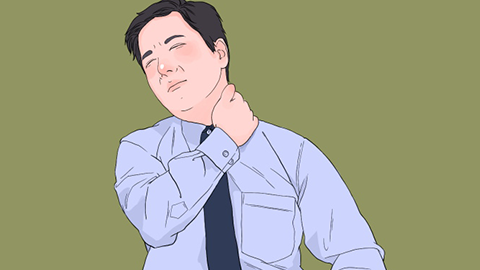Can ankylosing spondylitis be cured?
Generally speaking, ankylosing spondylitis cannot currently be completely cured. However, through long-term standardized treatment and scientific management, the progression of the disease can be effectively controlled, symptoms can be alleviated, and patients can maintain their normal life and work capabilities. Detailed analysis is as follows:

From the perspective of disease characteristics, ankylosing spondylitis is a chronic progressive inflammatory disease. The inflammation continuously affects the spine and joints, and there is currently no method to completely eliminate the cause or reverse existing joint or spinal changes. However, this does not mean that the condition cannot be controlled. After early diagnosis, taking anti-inflammatory medications and undergoing rehabilitation therapy can rapidly relieve discomfort such as lower back pain and stiffness, prevent further inflammatory damage to joint structures, and avoid rapid disease progression.
As long as standardized treatment is consistently followed, most patients can maintain long-term disease stability, with significant control of symptoms such as pain and stiffness. Daily activities are generally not significantly restricted, and quality of life is only slightly different from that of healthy individuals.
In daily life, patients should effectively manage their condition by taking medications regularly, undergoing periodic follow-up examinations, and adjusting treatment plans according to disease progression. Patients should also persist with rehabilitation exercises such as swimming and wall-standing to maintain joint flexibility.





